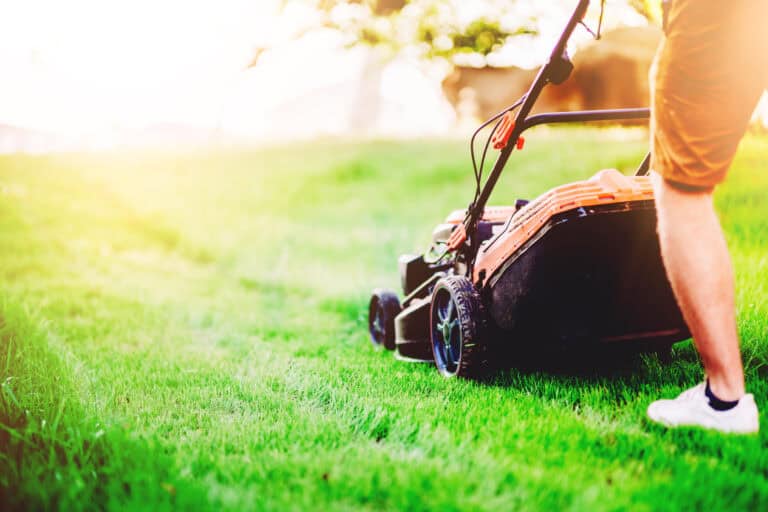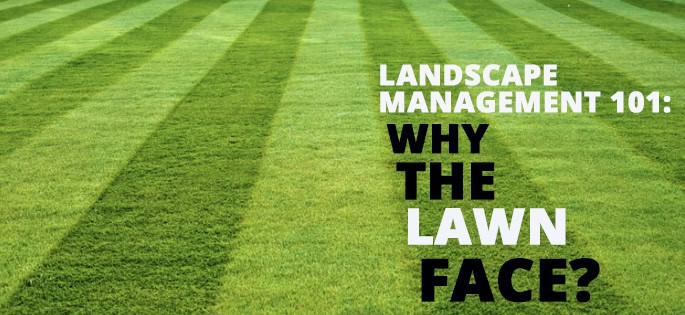
April 16, 2025
The grass is finally perking up here in Northeast Wisconsin, and so are the weeds. With warmer temperatures settling in, you’ve probably noticed some familiar lawn nuisances making an early appearance—bright yellow dandelions and crabgrass being two of the most common. But here’s the good news: April and May are the perfect months to take…

October 26, 2023
“Autumn is here! With plenty of beautiful fall days still ahead, now’s the perfect time to tackle a few simple tasks that will boost your backyard and patio landscaping for the seasons to come. In fact, fall is a critical season for yard maintenance, setting the foundation for a lush, vibrant landscape in the spring….

April 19, 2022
The snow has finally melted, those first few signs of growth are peeking out of the planting beds, and the sun is warming up a little more with each passing day. Many of us are starting back in on lawn and landscape care, hoping to nip last year’s problems in the bud, and setting sights…

March 30, 2020
April is National Lawn Care Month and we want to share 10 fun facts and 10 fun tips about lawns and caring for them. With these facts you will not only appreciate your lawn more, but also learn how to take your lawn game to the next level. No more lawn face, it is time for your lawn to show that fresh cut, pearly green smile.




